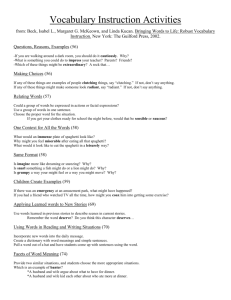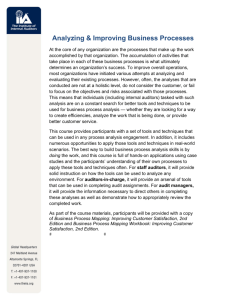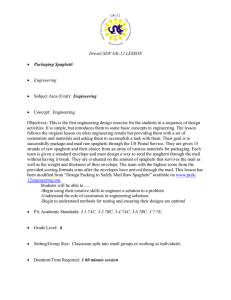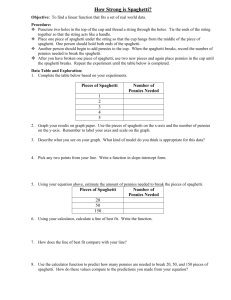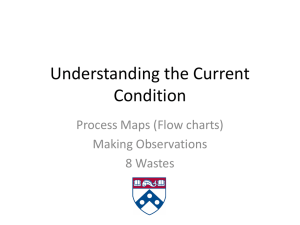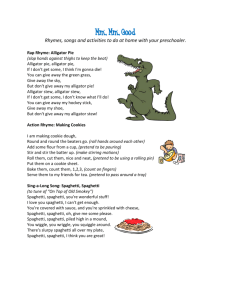docx
advertisement
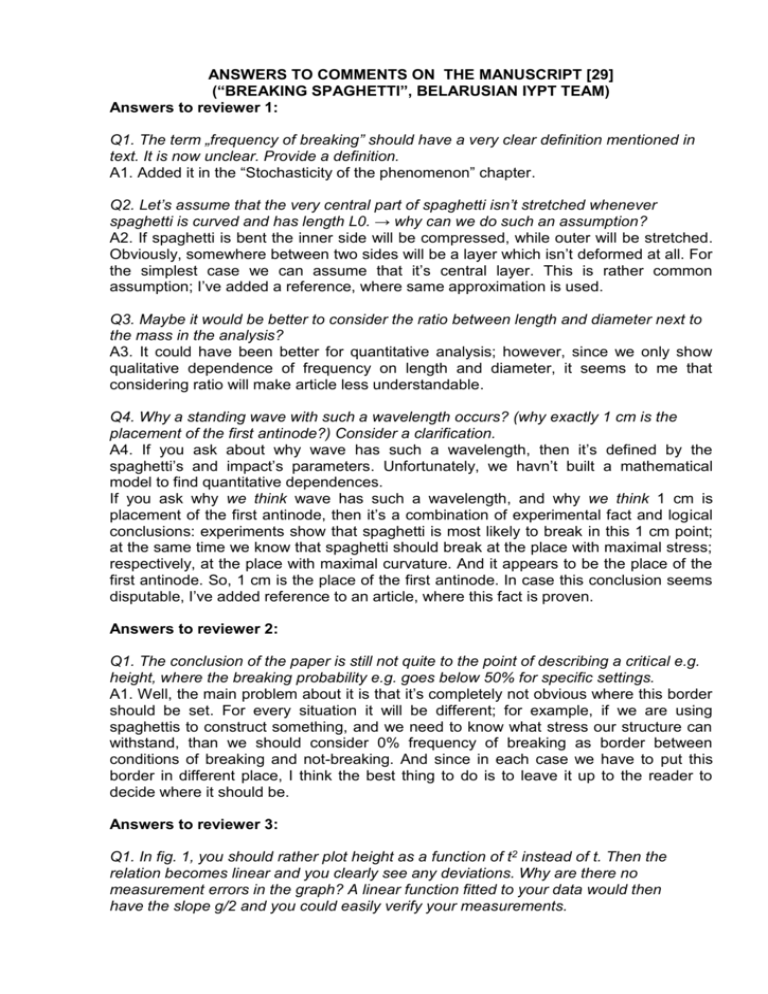
ANSWERS TO COMMENTS ON THE MANUSCRIPT [29] (“BREAKING SPAGHETTI”, BELARUSIAN IYPT TEAM) Answers to reviewer 1: Q1. The term „frequency of breaking” should have a very clear definition mentioned in text. It is now unclear. Provide a definition. A1. Added it in the “Stochasticity of the phenomenon” chapter. Q2. Let’s assume that the very central part of spaghetti isn’t stretched whenever spaghetti is curved and has length L0. → why can we do such an assumption? A2. If spaghetti is bent the inner side will be compressed, while outer will be stretched. Obviously, somewhere between two sides will be a layer which isn’t deformed at all. For the simplest case we can assume that it’s central layer. This is rather common assumption; I’ve added a reference, where same approximation is used. Q3. Maybe it would be better to consider the ratio between length and diameter next to the mass in the analysis? A3. It could have been better for quantitative analysis; however, since we only show qualitative dependence of frequency on length and diameter, it seems to me that considering ratio will make article less understandable. Q4. Why a standing wave with such a wavelength occurs? (why exactly 1 cm is the placement of the first antinode?) Consider a clarification. A4. If you ask about why wave has such a wavelength, then it’s defined by the spaghetti’s and impact’s parameters. Unfortunately, we havn’t built a mathematical model to find quantitative dependences. If you ask why we think wave has such a wavelength, and why we think 1 cm is placement of the first antinode, then it’s a combination of experimental fact and logical conclusions: experiments show that spaghetti is most likely to break in this 1 cm point; at the same time we know that spaghetti should break at the place with maximal stress; respectively, at the place with maximal curvature. And it appears to be the place of the first antinode. So, 1 cm is the place of the first antinode. In case this conclusion seems disputable, I’ve added reference to an article, where this fact is proven. Answers to reviewer 2: Q1. The conclusion of the paper is still not quite to the point of describing a critical e.g. height, where the breaking probability e.g. goes below 50% for specific settings. A1. Well, the main problem about it is that it’s completely not obvious where this border should be set. For every situation it will be different; for example, if we are using spaghettis to construct something, and we need to know what stress our structure can withstand, than we should consider 0% frequency of breaking as border between conditions of breaking and not-breaking. And since in each case we have to put this border in different place, I think the best thing to do is to leave it up to the reader to decide where it should be. Answers to reviewer 3: Q1. In fig. 1, you should rather plot height as a function of t2 instead of t. Then the relation becomes linear and you clearly see any deviations. Why are there no measurement errors in the graph? A linear function fitted to your data would then have the slope g/2 and you could easily verify your measurements. A1. Added error bars. But in my opinion even this plot shows rather good, that dots are close to the theoretical line; at the same time, linearization will make plot less understandable. Q2. Please fix the vector signs in your first formula. A2. I’ve decided just to remove them. Q3. Define the Young’s modulus in the text, in case the Reader is not familiar with elastic coefficients.. A3. Well, I don’t think that it’s really necessary; Young’s modulus is widely and commonly used coefficient and usually it is used without defining it in the work itself. Q4. When introducing ε, it is in my opinion necessary to illustrate it in a figure, i.e. a schematic drawing. Otherwise it is very hard to follow your model. A4. I’ve added definition of the ε to the text; adding a whole figure for this doesn’t seem necessary. Q5. What actually happens in fig. 4? Comment on it briefly. A5. Added a small explanation in the “Stochasticity of the phenomenon” chapter. Q6. While figs. 5 & 6 have measurement errors, figs. 7-11 don’t. Why is this? Please include them or emphasize the magnitude of errors in another way. A6. I was (and still am) extremely concerned about overall understandability of this plots (especially fig.10 & 11). And adding error bars was making everything even worse. So, in the revised article I’ve added average error of experiments (it’s in figures’ captions). Q7. No references at all. On the other hand, it could be useful for the Reader to know the current state-of-the-art. A7. I have added a couple of references, in the places where they really are connected to our task. As of the Audoly and Neukirch’s article, it solves a bit different problem; now-referenced “Dynamic Buckling” article describes effects much closer to what happens in our case.
